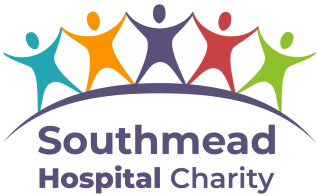Information for patients having treatment with liquid nitrogen (cryotherapy) at North Bristol NHS Trust.
Your treatment
- Liquid nitrogen is a very cold substance. When applied to the skin it usually produces a blister.
- It causes a stinging discomfort that is not severe, and local anaesthetics are not used.
- The treated area will become red, might be tender, and a blister may form.
- Liquid nitrogen treatment often needs to be repeated every few weeks.
Caring for your skin after treatment
- You do not need to apply any creams or ointments to the treated area,
- You do not need to cover the treated area unless it is constantly being rubbed. If so a dry dressing or sticking plaster can be used. Remove the dressing if it becomes wet as this can cause infection.
- If the treated area becomes tense or starts to expand, it can burst with a clean, flamed, or boiled (cool) sterile needle and covered with a dry dressing.
You can take a simple pain relieving medication such as paracetamol if you have an discomfort or pain.
© North Bristol NHS Trust. This edition published April 2025. Review due April 2028. NBT002658
Support your local hospital charity

See the impact we make across our hospitals and how you can be a part of it.

